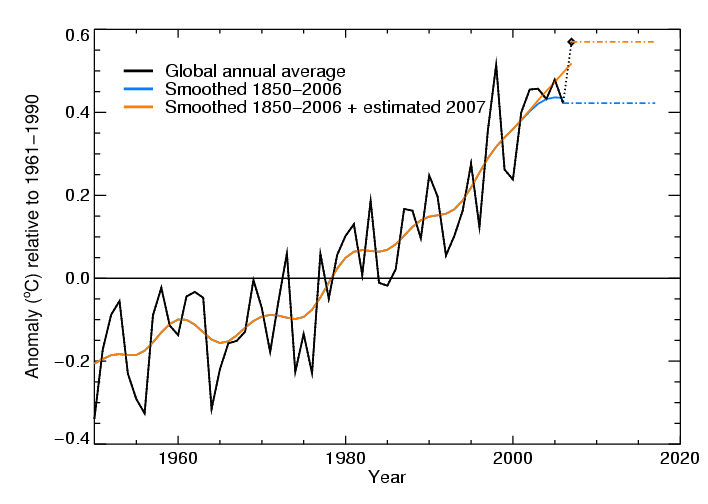
Figure 1: Graph showing the weights of the 21-point binomial filter
| Met Office Hadley Centre observations datasets |
| > Home > HadCRUT3 > |
The time series of smoothed annual average near-surface temperature anomalies is made by applying a 21-point binomial filter to the annual data. The filter is a weighted moving average of the data. Its weights are centred on the year of interest. Figure 1 illustrates the weights, which are also shown in Table 1 along with an example showing how the smoothed value for 1992 (0.156°C) is calculated.
| Year | Weight | Years | Annual anomaly | Annual anomaly x weight |
| 1 | 0.000000953674 | 1982 | 0.008 | 0.0000 |
| 2 | 0.0000190735 | 1983 | 0.187 | 0.0000036 |
| 3 | 0.000181198 | 1984 | -0.011 | -0.00000199 |
| 4 | 0.00108719 | 1985 | -0.018 | -0.0000196 |
| 5 | 0.00462055 | 1986 | 0.022 | 0.0001017 |
| 6 | 0.0147858 | 1987 | 0.167 | 0.0024692 |
| 7 | 0.0369644 | 1988 | 0.163 | 0.0060252 |
| 8 | 0.0739288 | 1989 | 0.096 | 0.00709717 |
| 9 | 0.120134 | 1990 | 0.248 | 0.0297932 |
| 10 | 0.160179 | 1991 | 0.197 | 0.0315553 |
| 11 (central year) | 0.176197 | 1992 | 0.055 | 0.00969084 |
| 12 | 0.160179 | 1993 | 0.102 | 0.0163383 |
| 13 | 0.120134 | 1994 | 0.163 | 0.0195818 |
| 14 | 0.0739288 | 1995 | 0.276 | 0.0204044 |
| 15 | 0.0369644 | 1996 | 0.123 | 0.0045466 |
| 16 | 0.0147858 | 1997 | 0.355 | 0.00524896 |
| 17 | 0.00462055 | 1998 | 0.515 | 0.00237958 |
| 18 | 0.00108719 | 1999 | 0.262 | 0.000284844 |
| 19 | 0.000181198 | 2000 | 0.238 | 0.0000431 |
| 20 | 0.0000190735 | 2001 | 0.400 | 0.0000076 |
| 21 | 0.000000953674 | 2002 | 0.455 | 0.0000 |
| Sum = | 1.00 | Sum = | 0.156 |
Table 1: The weights of the binomial filter and an example calculation of the smoothed value for 1992.

Figure 1: Graph showing the weights of the 21-point binomial filter
Toward the ends of the series there are not enough points to calculate the smoothed value. For example, in order to calculate the smoothed value for 1998 we would need to know what the annual averages were for the 21-year period 1988-2008, but we only currently have annual data for the period 1988-2007. Ideally the smoothing should stop before the filter 'runs off' the end of the series, but a series that has been shortened in this way appears not to be up-to-date.
In order to extend the simple smoothing to the very ends of the time series it is necessary to either extend the data series, or shorten the filter. Howsoever it is done, the data near the endpoints will be treated differently to data in the middle of the series. Extending the data series can be done in a number of ways, but the method used on these pages is simply to continue the series by repeating the final value.
In March 2008, some diagrams were placed on this web site which showed smoothed annual series that included data for 2008. The annual value for 2008 was based on the only two months of data - January and February - that were available at the time. January and February 2008 were cooler than recent months, leading to a marked downturn towards the end of the smoothed series (Figure 2, orange line) that caused much discussion.

A similar, albeit less extreme, situation occurred in March 2007 (Figure 3, orange line). January 2007 was nominally the warmest January in the HadCRUT3 record and the anomaly for February was only a little lower. This led to the smoothed curve (including the annual estimate for 2007 based on only two months of data) showing stronger warming at the end of the series (Figure 3, orange line) than when data for only whole years were used (Figure 3, blue line).

It is clear that the average of January and February data does not give a reliable indication of what the annual average temperature will be and including these in a diagram which attempts to show even longer-term changes in temperature is inappropriate. Therefore, it was decided that incomplete years should be excluded from the calculation of the smoothed annual series (Figures 2 and 3, blue lines). Monthly average data will continue to be displayed as before.
The way that we calculate the smoothed series has not changed except that we no longer use data for the current year in the calculation.
This change has a noticeable effect only on the first and final 7 or so years of the smoothed time series. Smoothed values between 1860 and 1997 are completely unaffected.
We are continually reviewing the way that we present our data and any feedback is welcome.
Commercial and media enquiriesYou can access the Met Office Customer Centre, any time of the day or night by phone, fax or e-mail. Trained staff will help you find the information or products that are right for you. |
 |
Maintained by: John Kennedy |
© Crown Copyright
|